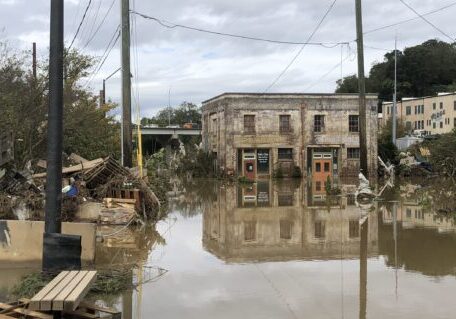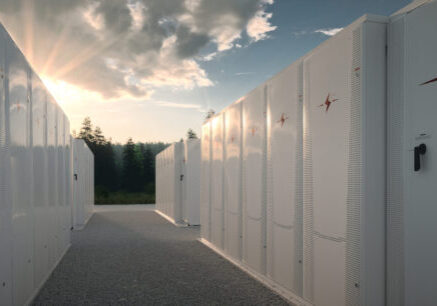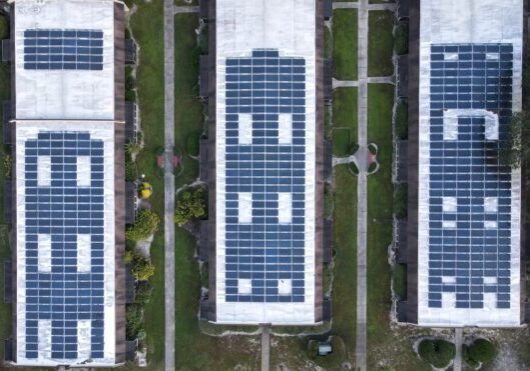September 22, 2016
Resilient Solar+Storage at Nature Center Improves Community and Economic Security
By Sarah Galbraith
Powerful summer storms hit Duluth, Minnesota in July, causing damage to homes and businesses and knocking out power for several days. The Hartley Nature Center (HNC), a nonprofit nature-based education facility, was without power for six days. Ironically, it was on that sixth day, just two hours after the power was finally restored, that a lithium-ion battery was delivered for HNC’s new solar+storage resilient power system.
“I thought we were going to have to wheel the battery into the mechanical room with headlamps!” said Bret Pence, a program specialist with Ecolibrium3, a project partner that assisted HNC with coordinating the installation and securing funding. Before the July storms, HNC had already planned to retrofit an existing solar power array to include energy storage. The region has suffered from severe storms in the past, like those that caused the flood of 2012, and the City of Duluth was interested in exploring storage to keep the solar system and emergency loads up and running at the center during an outage, as well as using the system to reduce energy expenses.
Now, if the power from the grid goes down, the electricity from the solar array can continue powering the building and charge the battery. When the solar panels are not generating power, the batteries can provide needed electricity to power critical building loads like lighting, computers, and charging stations until utility services are restored. The backup power can support business functions during shorter outages, or it can support critical power needs during an extended outage.
Furthering the Center’s commitment to sustainability and community, the solar+storage system will enable HNC to serve as a community shelter during emergency outages, with the capability to act as a base of operations for the city’s emergency response efforts. A critical load sub-panel was added as part of this project, with the primary goal of providing a communications charging station and four-season shelter functionality.
The project was initially funded through a University of Minnesota Extension Regional Sustainable Development Partnership grant and received additional support from the Minnesota Power Foundation and in-kind donations of labor and planning from the City of Duluth. Clean Energy Group’s Resilient Power Project provided a grant to support project technical feasibility assessments and fund related educational classes on solar+storage technology. Additional contributions were made by the Izzak Walton League, Werner Electric, and the International Brotherhood of Electrical Workers.
The energy storage system was installed to compliment an existing solar array, one of the first in northern Minnesota. Installed in 2003, the solar system is composed of an 11-kilowatt fixed array on the roof and a 2-kilowatt ground-mounted dual-axis tracker. By early 2016, the original inverters began to fail, HNC worked with the University of Minnesota Duluth and Ecolibrium3 to investigate installing an energy storage system along with new inverters. The energy system was officially commissioned in August.
HNC’s enthusiasm for the solar+storage project was elevated when the July outage forced them to cancel a week of youth camps, which is how they make a large part of their revenue for the year. This changed how HNC viewed the value of the battery, from a cutting edge but expensive community project to a great capital improvement investment that provides an extra degree of economic security.
“The big thing is that the perception of the value of resilience has changed, at Hartley and in Duluth, since the [July] storm,” said Pence. “It is the first extended community wide power outage in 10-15 years, and as such everyone is thinking about backup differently.”
Solar+storage proved to be a win-win solution to meet HNC’s goals of providing backup power for a community emergency shelter, while also reducing electricity costs and providing public education. Along with improved resiliency and ongoing public education, the City of Duluth intends to use this project as a demonstration model of solar+storage technologies, which could lead to more resilient solar+storage development throughout the city.














